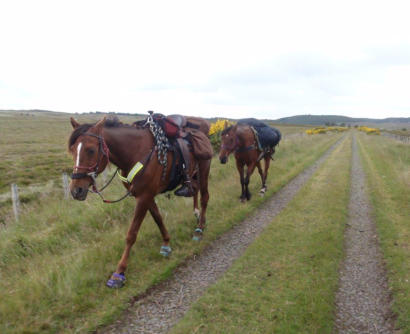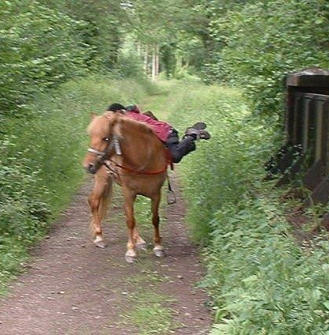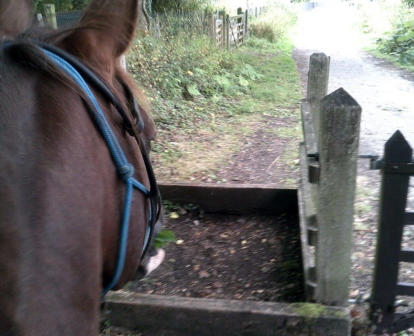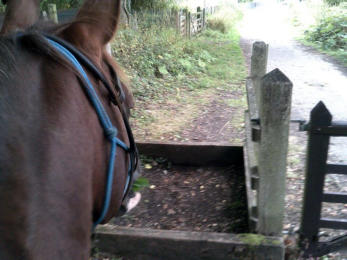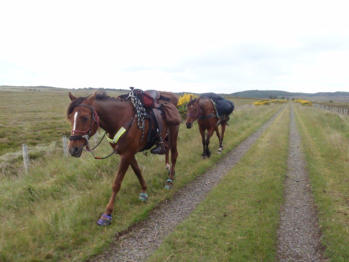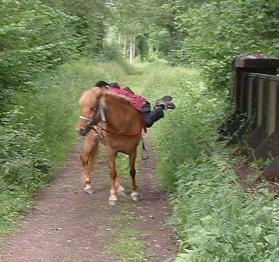
© Lorem ipsum dolor sit Nulla in mollit pariatur in, est ut dolor eu eiusmod lorem
Readers may wonder why so many lines existed in County Durham, many of these existed
from the 1600's (pre canal) as wooden “waggon ways” which made it easier for horses to
haul heavy waggons over otherwise difficult terrain. Competition at the time meant that
almost every colliery had its own waggonway to a staithe** somewhere along a river with
access to the sea. Landowners could withhold permission for these especially if they were
in competition. Research shows Lead and other mines and quarries also used these ways
to get ore and stone to ports. There does appear to have been some cooperation although
ownership of land is not known. The coal traffic seems to have ensured the survival of
many of these lines into the steam age. Some new lines were being built in the early 1900s.
Most of the survivors were closed during the 1960s
Northumberland has a similar story north of the River Tyne. We do not know how many
of Northumberland's tracks have been made into rideable routes so if you know of any
more please let us know.
**Staithes were the places at the riversides where waggons carrying coal were unloaded
into keel boats, for onward transport to larger vessels to get the coal to other parts of the
country and abroad. Other minerals may have been transferred in a similar way, though
we have not found any reference to it.






